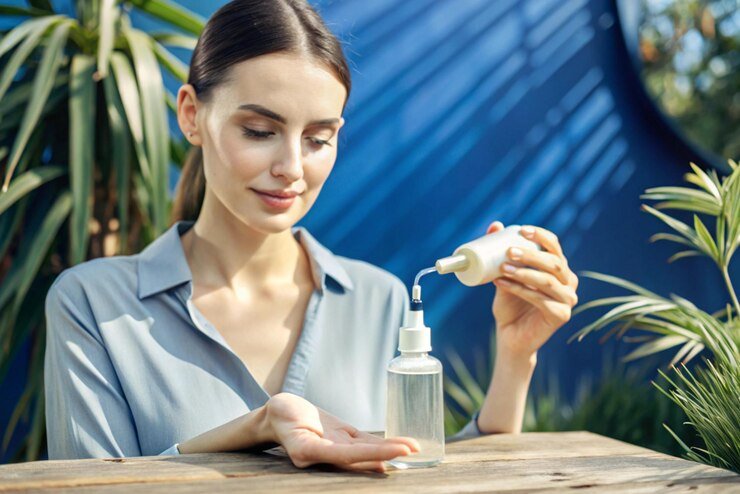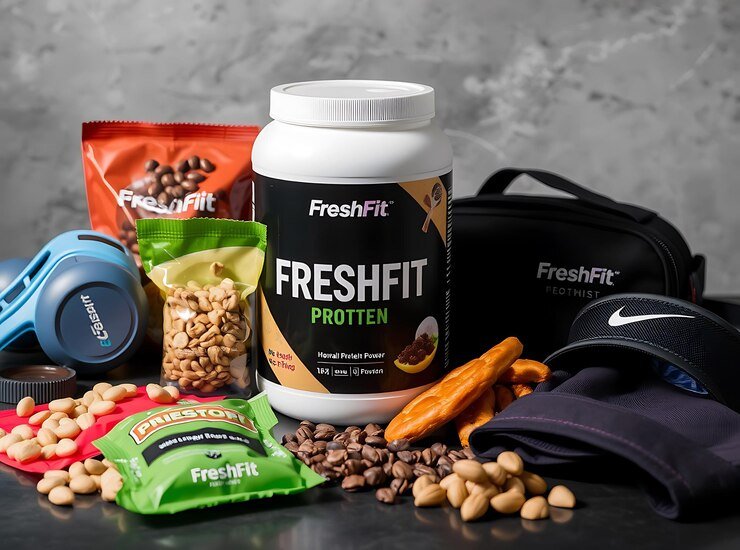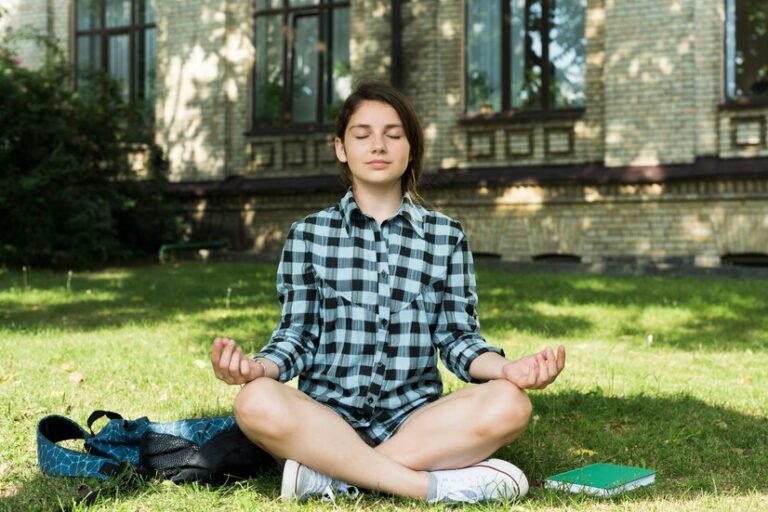As the sun shines brighter and temperatures rise, our thoughts often turn to summer adventures. But with those sunny days come the pressing need for effective skin protection. Enter homemade sunscreen – a natural alternative that not only shields your skin but also allows you to control what goes on your body. Ditching commercial products doesn’t mean sacrificing safety or effectiveness; it means embracing a more personalized approach to sun care.
Whether you’re lounging by the pool, hiking in nature, or simply enjoying a day at the beach, knowing how to make and use homemade sunscreen could be your ticket to healthier skin this season. Get ready as we dive into everything you need to know about crafting your own protective blend right at home!
The Importance of Sun Protection
Sun protection is essential, especially when the UV rays are at their peak. Every time you expose your skin to the sun without adequate protection, you risk damage that can lead to premature aging and other serious health issues.
The harmful effects of ultraviolet radiation go beyond just a sunburn. Over time, it can contribute to skin cancer, which affects thousands each year. Protecting your skin now means safeguarding your future.
Even on cloudy days or during winter months, UV rays can still penetrate through clouds and reflect off surfaces like water or concrete. This makes consistent protection crucial no matter where you are.
Moreover, taking care of your skin isn’t just about avoiding harm; it’s also about maintaining its beauty and vitality. Healthy skin radiates confidence and speaks volumes about self-care practices in our daily lives. The right sun protection strategies empower us to enjoy outdoor activities without worry.
Understanding the Ingredients in Homemade Sunscreen
Homemade sunscreen can be a natural alternative to commercial products. Understanding its ingredients is crucial for effective sun protection.
A staple in many recipes is zinc oxide. This mineral offers broad-spectrum UV protection and sits on the skin’s surface, reflecting harmful rays. It’s often recommended for sensitive skin due to its gentle nature.
Another key ingredient is coconut oil, which provides moisture while adding some SPF properties. However, it should not be relied upon solely for sun defense.
Shea butter also features prominently; it’s known for its nourishing qualities and can help soothe sunburned skin if you’ve overexposed yourself.
Essential oils like lavender or carrot seed oil may enhance your homemade formula with additional benefits, but they shouldn’t replace primary protective agents. Always research these components to ensure they align with your skincare needs and safety requirements.
How to Make Your Own Sunscreen at Home
Making your own sunscreen at home can be a fun and rewarding project. You’ll need a few simple ingredients, many of which you might already have in your kitchen.
Start with coconut oil, known for its moisturizing properties and natural SPF. Combine it with shea butter for added hydration. Beeswax helps to thicken the mixture while providing water resistance.
Next, add zinc oxide or titanium dioxide as the active ingredient. These minerals reflect UV rays and are safe for the skin. Just remember to wear gloves when handling them to avoid inhalation.
For extra scent and benefits, consider adding essential oils like lavender or carrot seed oil. These not only smell great but also offer additional skin protection.
Heat everything gently until melted, then pour into a container and let it cool before using it on your skin.
Tips for Choosing the Right SPF and Application Method
Choosing the right SPF is crucial for effective sun protection. Aim for a broad-spectrum sunscreen with at least SPF 30, as it blocks about 97% of UVB rays. Higher SPFs may offer slightly more protection but don’t forget that no product can block 100% of UV rays.
Consider your skin type when selecting an SPF. If you have oily or acne-prone skin, look for non-comedogenic formulations. For sensitive skin, opt for mineral-based sunscreens containing zinc oxide or titanium dioxide.
Application method matters just as much as the SPF number. Apply sunscreen generously and evenly to all exposed areas at least 15 minutes before sun exposure. Don’t skimp—most adults need about one ounce (a shot glass full) to cover their bodies adequately.
Reapply every two hours, or immediately after swimming or sweating. This ensures continued protection throughout your outdoor activities without compromise.
Additional Natural Ingredients for Added Protection
To enhance your homemade sunscreen, consider incorporating additional natural ingredients that offer extra protection. One great option is zinc oxide, a mineral that creates a physical barrier against harmful UV rays. It’s safe for all skin types and provides broad-spectrum coverage.
Another excellent addition is carrot seed oil. This oil boasts impressive natural SPF properties and is rich in antioxidants. It helps to nourish the skin while providing some level of sun protection.
You might also want to explore raspberry seed oil. Known for its ability to absorb UV radiation, it can complement other oils in your blend beautifully.
Don’t overlook shea butter or coconut oil. Both are moisturizing agents that not only hydrate but also have their own inherent SPF values. They help keep your skin supple while acting as a shield against the sun’s harsh effects.
Potential Risks and Precautions with Homemade Sunscreen
While homemade sunscreen can be a natural alternative, it’s essential to recognize potential risks. The effectiveness of DIY formulas may not match commercial products. This could leave your skin vulnerable to harmful UV rays.
Another concern is the accuracy of SPF levels in homemade formulations. Without proper testing, you might underestimate or overestimate protection. This uncertainty can lead to sunburn and long-term skin damage.
Ingredient allergies are also a possibility. Always test small amounts on your skin before full application to avoid reactions.
Remember that consistency is key with any sunscreen. Homemade versions often lack preservatives and may degrade faster than store-bought options. Store them properly and check for changes in color or smell before use.
By taking these precautions seriously, you can enjoy the benefits of homemade sunscreen while minimizing risks to your skin health.
Ingredients to Look for in Homemade Sunscreen
When crafting homemade sunscreen, the choice of ingredients is crucial for effective protection. Look for natural oils like coconut oil and jojoba oil. These not only provide moisture but also offer some SPF properties.
Zinc oxide is another essential component. It’s a mineral that acts as a physical barrier against harmful UV rays. It’s known for its effectiveness without harmful chemicals.
Shea butter or cocoa butter can add nourishment to your skin while enhancing the creaminess of your formula. They help in creating an emollient texture that feels good on the skin.
Essential oils such as carrot seed oil and lavender may enhance sun protection and add pleasant scents, though they shouldn’t be relied upon solely for their SPF benefits.
By selecting these components wisely, you’ll create a sunscreen that’s both protective and nourishing for your skin.
Step-by-Step Guide to Making Your Own Sunscreen
Creating your own homemade sunscreen is both simple and rewarding. Start by gathering the essential ingredients: coconut oil, shea butter, zinc oxide, and an essential oil of your choice for fragrance.
Begin by melting equal parts of coconut oil and shea butter in a double boiler over low heat. Stir gently until they are fully combined.
Once melted, remove from heat and allow it to cool slightly before adding zinc oxide. This ingredient provides the protective barrier against UV rays. A ratio of 20% zinc oxide is recommended for effective sun protection.
Mix thoroughly to ensure there are no clumps. If you desire a pleasant scent, add a few drops of your favorite essential oil at this stage.
Pour your mixture into a container with a lid and let it solidify at room temperature or in the fridge for faster setting. Your DIY sunscreen will be ready to use!
Tips for Applying and Reapplying Homemade Sunscreen
Applying homemade sunscreen effectively is crucial for optimal protection. Start by shaking the container well to mix all ingredients thoroughly. This ensures an even application.
Use a generous amount—about a shot glass full for your entire body. Apply it liberally and evenly, paying extra attention to areas like the ears, back of the neck, and tops of feet where sun exposure is often overlooked.
Reapplication is key, especially after swimming or sweating. Aim to reapply every two hours or immediately after towel drying. If you’re outdoors for extended periods, consider setting a timer as a reminder.
Don’t forget about your face! Use clean hands or a makeup brush to apply facial sunscreen gently without disrupting any makeup you might be wearing.
Always check expiration dates on your homemade concoction; fresh ingredients are essential for effectiveness in blocking UV rays.
Additional Ways to Protect Your Skin from the Sun
Beyond homemade sunscreen, various strategies can help shield your skin from the sun’s harmful rays.
Wearing protective clothing is a simple yet effective method. Opt for lightweight, long-sleeved shirts and wide-brimmed hats to cover exposed areas.
Seek shade whenever possible, especially during peak sun hours between 10 AM and 4 PM. This small change can significantly reduce your overall UV exposure.
Sunglasses are another essential accessory you shouldn’t overlook. Choose sunglasses that block 100% of UVA and UVB rays to protect your eyes and the sensitive skin around them.
Incorporating antioxidant-rich foods into your diet also offers internal protection against sun damage. Foods like berries, leafy greens, and nuts provide nutrients that improve skin resilience.
Consider using physical barriers such as umbrellas or beach tents when spending extended time outdoors for additional coverage against sunlight.
Conclusion
When it comes to protecting your skin from harmful UV rays, homemade sunscreen can be an effective alternative to commercial products. By understanding the importance of sun protection and knowing how to make your own blend, you empower yourself with the knowledge needed for safer outdoor experiences.
Utilizing natural ingredients not only allows you to customize your formula but also helps you avoid some of the synthetic chemicals found in many store-bought sunscreens. The process is simple and satisfying, providing peace of mind that you’re using something gentle on both your skin and the environment.
Remember that while homemade sunscreen can offer considerable protection, it’s essential to pay attention to SPF levels and reapplication methods. Embracing additional protective measures like clothing or seeking shade during peak hours will further enhance your defense against sun damage.
Enjoying time outdoors should never come at the expense of healthy skin. With a little effort in crafting your own sunscreen, you’re taking a proactive step toward safeguarding yourself from the sun’s harsh effects while embracing a more natural lifestyle.







